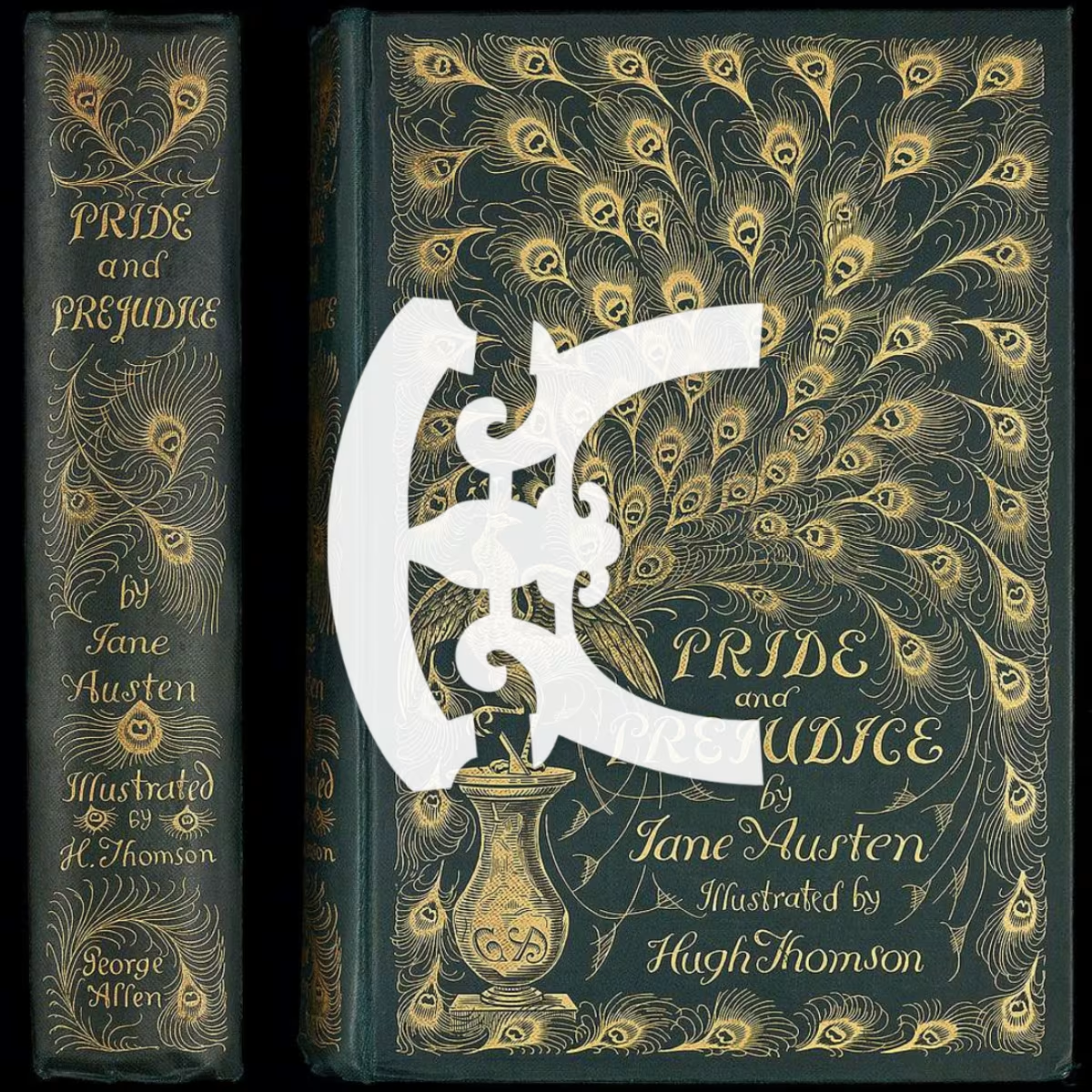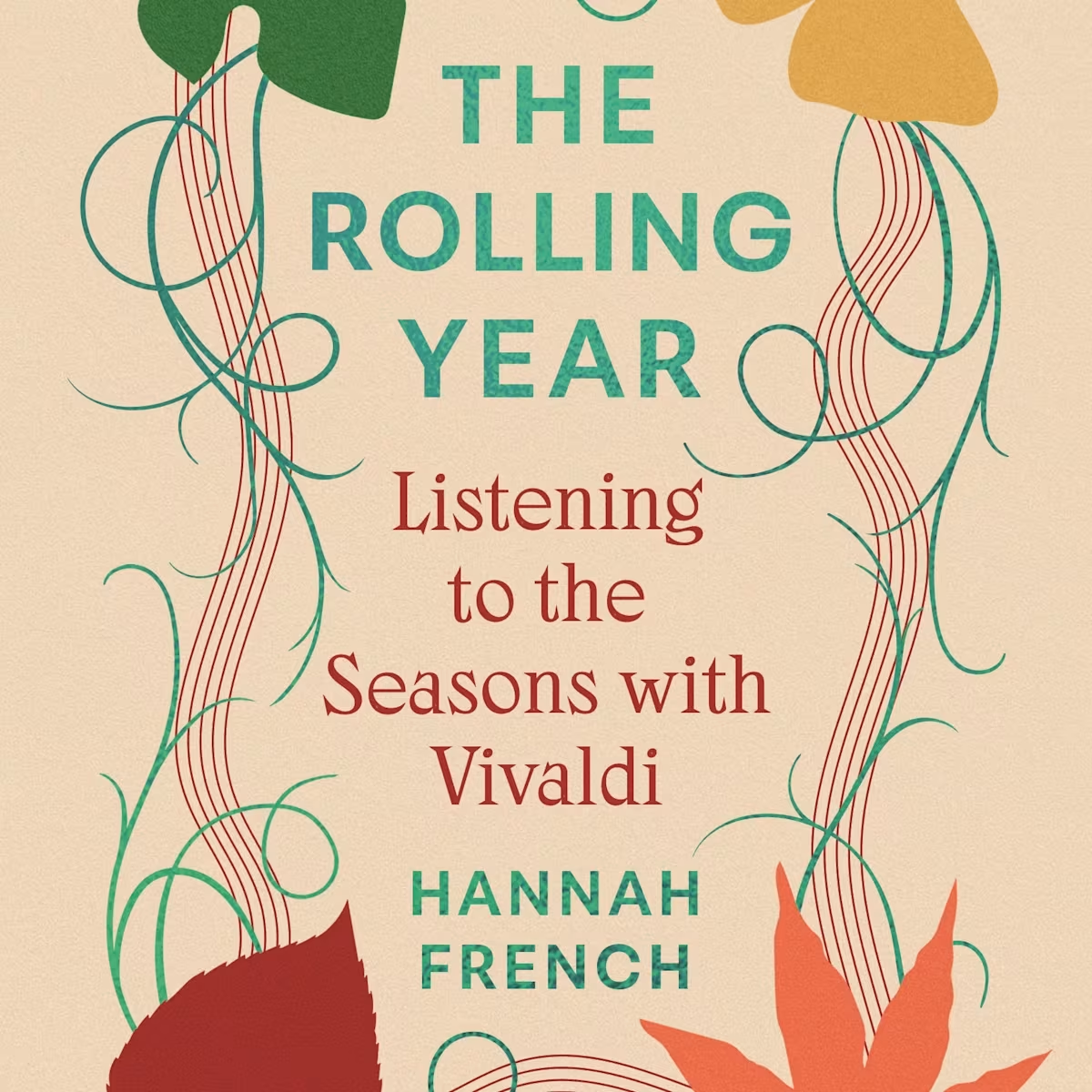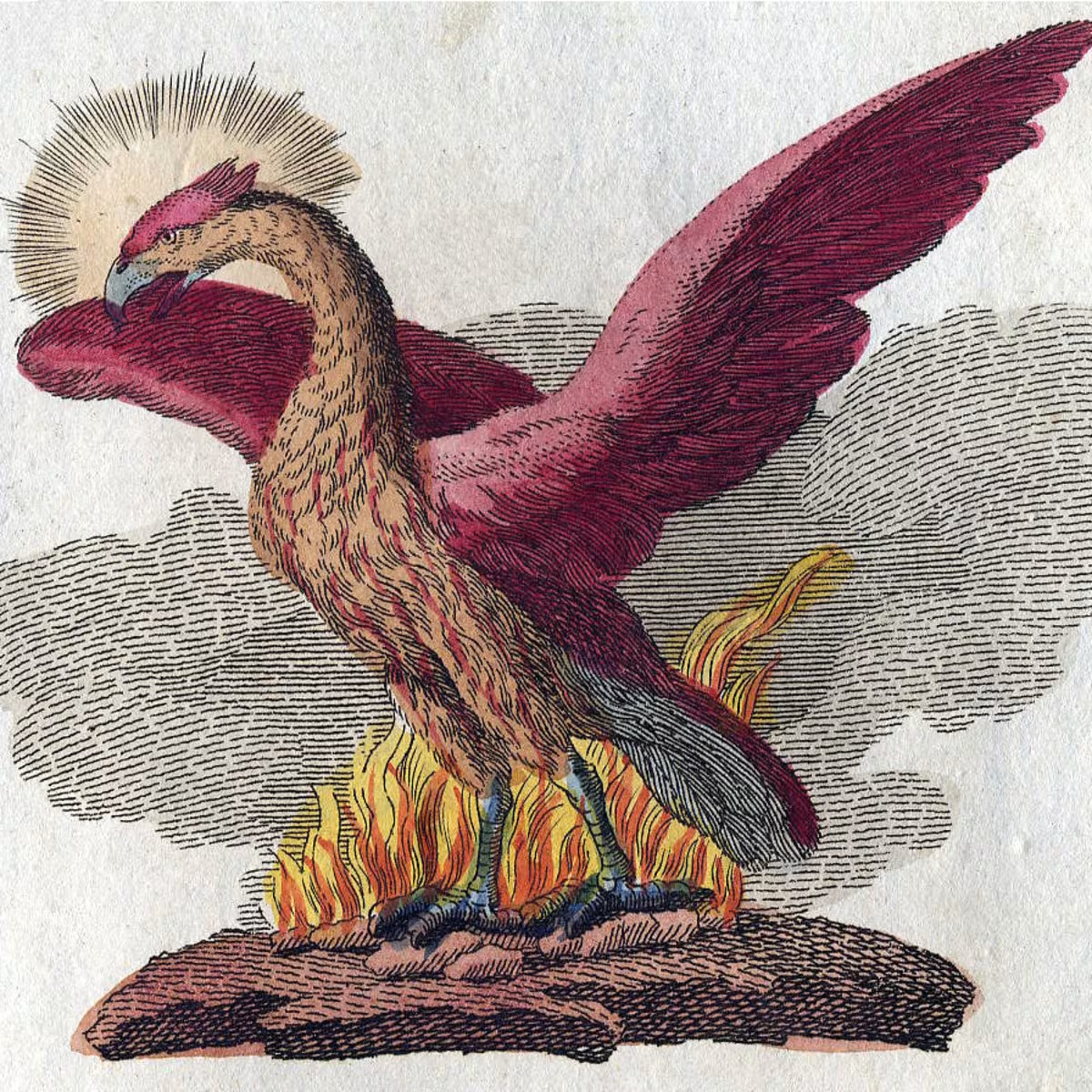Review
Peralada Easter Festival - A Report from a Catalan Stronghold
Share this

FIRST PUBLISHED 04 MAY 2025
There are few more pleasant places to spend an Easter weekend than the small town of Peralada. It sits unobtrusively in the Catalan countryside inland of the Costa Brava, a few miles from the more bustling Figueres (where there are more hotels) and within half an hour's drive of the border with France. Beyond the fields, encouragingly green this spring, the Pyrenees shoot upwards, the peaks beyond the foothills still glistening with snow in the sunshine.
The long weekend – six concerts in four days – has become an aperitif for the outdoor summer festival in July, held in the grounds of Peralada's castle that has been transformed over the last century and a quarter by the Suqué Mateu family into a venue that combines cultural connoisseurship with the nakedly commercial. A casino, hugely expensive hotel and restaurants are given dignity by superbly tended grounds, vineyards, an architectural wonder of a cellar and a museum housing the family's historical collection of glass. Attached are the castle's restored church and cloisters, the latter containing fragments of Roman sculpture and stonework collected by Salvador Dalí, who came from Figueres.

The Easter music takes place in the church, which holds about 250; big enough to feel important, intimate enough to retain a close relationship between performers and audience. The programme this year was impressively adventurous. It was dominated (with one exception) by vocal music, not always sacred, though mindful of the religious context, accompanied by period-instrument ensembles.
It's opening concert was intriguing: a rare performance of Johann Hasse's 1758 oratorio, St Peter and Mary Magdalen, concentrating on reflections by three Marys, Joseph and Peter as they see Christ on the cross. It is an extraordinary work, not least because it is restricted to high voices, with St Peter a countertenor, and Joseph a male soprano. The accompaniment, directed by Dani Espasa, was strings only. This all became wearing after not very long – one longed for an oboe, a theorbo and a couple of baritones quite quickly – or at least some interesting contrapuntal writing. The festival deserves credit for letting us hear it, with soprano Marie Lys standing out as Mary Magdalen and the Veus Children's Choir (Veus – Cor Infantil Amics de la Unió) superb in Hasse's Miserere, but an occasional outing of this work is enough.

We were much better served on the Saturday night by Cantoría, directed by Jorge Losana, expanded to ten voices, well beyond its normal size, for Buxtehude's 1680 Membra Jesu nostri. This is truly glorious music, sitting at the junction point between Schütz and Bach, but with hints of the Monteverdi-Italian tradition too. With only a sextet of instruments, but thankfully including theorbo, viola da gamba and organ, and led incisively from the violin by Ignacio Ramal, Buxtehude portrays the passion with a sense of drama and inventiveness that few could match in the following century. Cantoría, with Inés Alonso shining as first soprano, staged the work with gentle dignity.

On Easter Sunday morning itself, the festival began with piety, in Salve Regina settings by Domenico Scarlatti and Leonardo Leo, but then closed with a glorious gallop through arias by Handel (some 'greatest hits'), Nicola Porpora, and the unfairly obscure Riccardo Broschi (better known as 'Farinelli's brother'). The virtuoso singing – a coloratura romp from soprano Mélissa Petit and mezzo-soprano Ann Hallenberg - was astonishing, not only for their vocal agility, but their exquisite timing in duets. They were supported nimbly by Il Pomo d'Oro, led by the ever-attentive Zefira Valova.

Between the grand events that I attended there were two shorter early evening concerts. On Good Friday, Dani Espasa and his ensemble, Vespres D'Arnadí, accompanied baritone Benjamin Appl in extracts from works by Bach, Zelenka and Telemann. The two substantial works were Bach's Cantata BWV 82, Ich habe genug, and much more rarely-heard aria, Dulde dich, by Purcell's German contemporary, Philipp Erlebach. Appl says he is increasingly obsessed with exploring Erlebach's music, and one can see why. Only a few dozen of his pieces survive – the others succumbed to a 1735 fire at the court of Thuringia in Rudolstadt, where he had worked.
The second of the two early concerts was the only non-period-instrument and non-vocal concert: a recital by cellist Pablo Ferrández and pianist Luis del Valle. (Well, Ferrández was playing on the 1689 'Archinto' Stradivarius, but set up in the modern manner). It is not often that the hype surrounding a soloist is fully justified, but in the case of Ferrández, it truly is. He has the intuitive grasp of line and phrasing that cannot be taught, never letting the music pass by without making its point. In Rachmaninov's Vocalise, and the first of Brahms' Cello Sonatas, he produced readings that will stay with me for a long time. He has peers, but not many.

Peralada's summer festival is in a state of flux. The old outdoor auditorium in the castle grounds has been demolished, but the intended new theatre has not yet risen in its place, so the ambition to turn this impressive location into a permanent Catalan version of Glyndebourne is still some way off. I very much hope that it does become reality. With over 30 years of experience and a loyal audience, as well as a knack for imaginative programming, the Peralada Festival is too good not to grow.
by Simon Mundy
The 38th edition of the Peralada Festival is scheduled to take place in July and August 2025. You can watch the snippets from the performances on the Festival's YouTube channel.
Share this
Keep reading

Playlist: Jane Austen at 250
Our latest playlist celebrates the 250th anniversary of Jane Austen’s birth with music used in TV adaptations and music she would have played herself.

The Rolling Year: Listening to the Seasons with Vivaldi
On the 300th anniversary of Vivaldi's The Four Seasons, Dr Hannah French embraces the art of listening seasonally in her exploration of this classic work.

Rising from the ashes: Music for St Cecilia
For their 2025/26 season, Fiori Musicali are putting together a series of three concerts all tied together under the wings of the phoenix.

